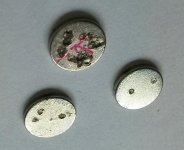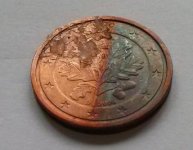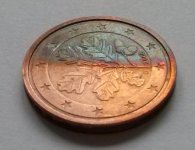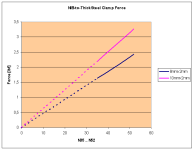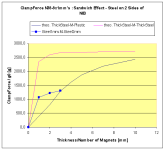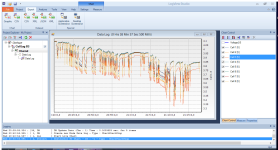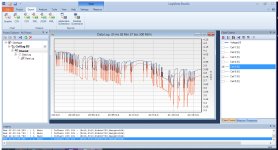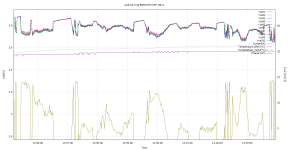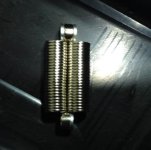wiredsim said:So I received the nickel strips, I'm pleased with these so far- I may try using these with the foam pressure system as well. I ordered 8x1.5mm and 10x2mm N50s, I will be gluing these right to the strips if testing works out.
I think the N50s are a good investment here when price is reasonable. The higher price partly delivers more magnetism, and partly enables flatter geometry - more robust vs lateral forces. Will be interesting to see which resistances you achieve with them.
Does the newton force (~1/resistance) go linear with NIB N-number, or is there a sqrt(N) or N² law or so ?
Glueing: I also consider this for a final task. Though I did not notice any NIB movements after unpacking my battery several times out of the foam stuff used.
One danger of a glued contact unit perhaps: To unlink/uplift such contact unit in case of maintenance etc one needs to use 2 pliers or so and rather strong force while all is rather tight together. Now when loosing grip during that action, the contact unit with magnets all fixed could fall down and stick crossways to the cell contacts and create a very very fierce and ugly short cut situation because of the relentless magnet force. (Normal short cuts usually just produce a short plasma blow, some edge melts away and that it was.) So one should make good isolations of all nearby contacts during such maintenance situation.
Lifting individual 8mm magnets (hardly can bridge anything) and then lifting the force free link assembly is rather simple/safe.
wiredsim said:I have 2x holders, which are decent but I do get some warping which seems to straighten out once the batteries are in, but I'm thinking about moving to 3x or the 2x2 cases. These are all much cheaper on Alibaba/Aliexpress BTW.
Pictures will follow once the batteries come in.
With shipping costs I didn't find a cheaper source than Fasttech (shipping incl in prices) on the rush for low order quantities. If you got a good source, would be interesting.


